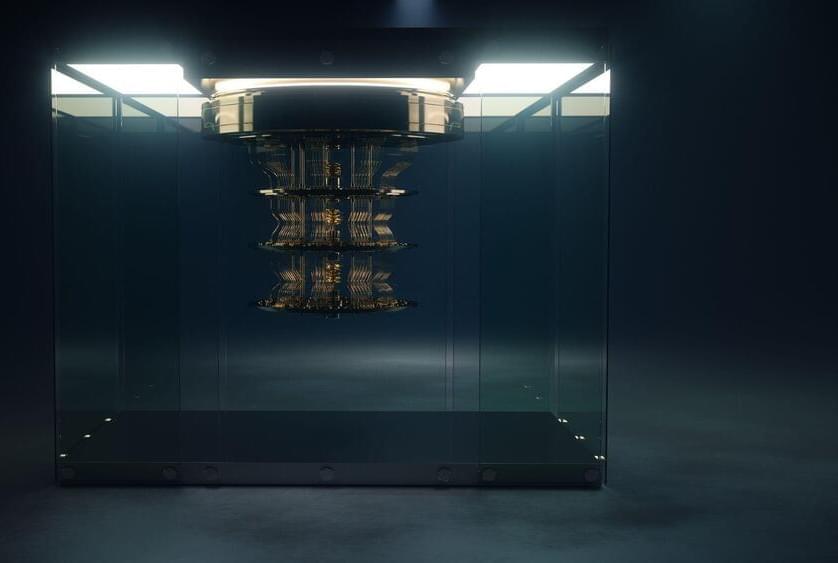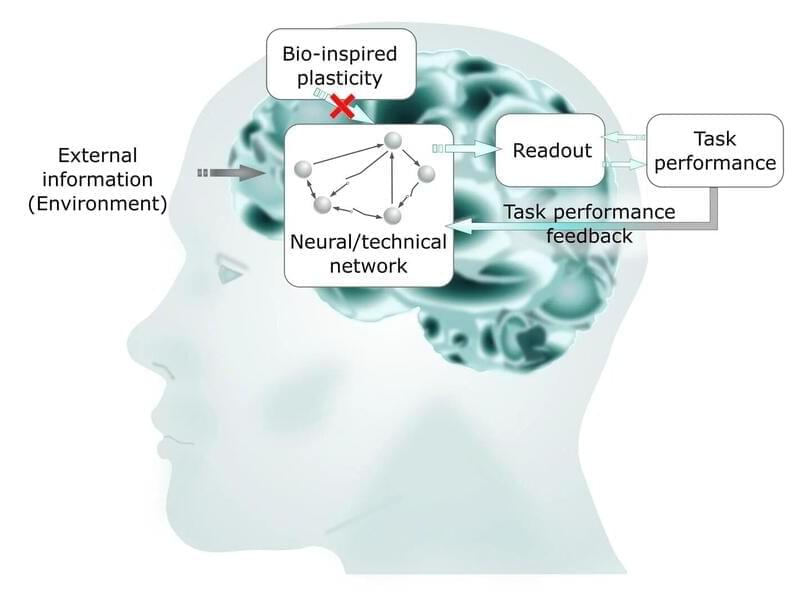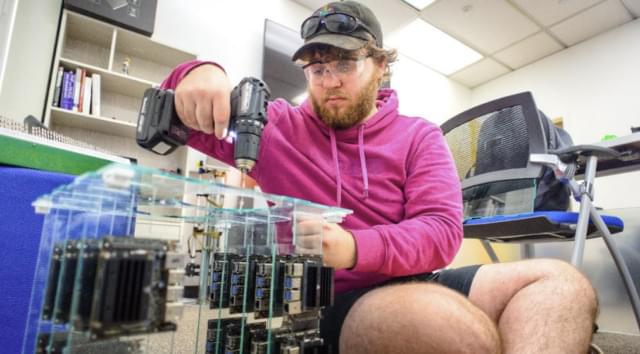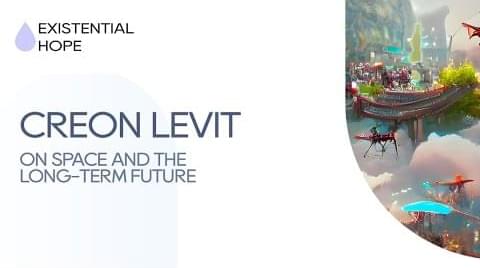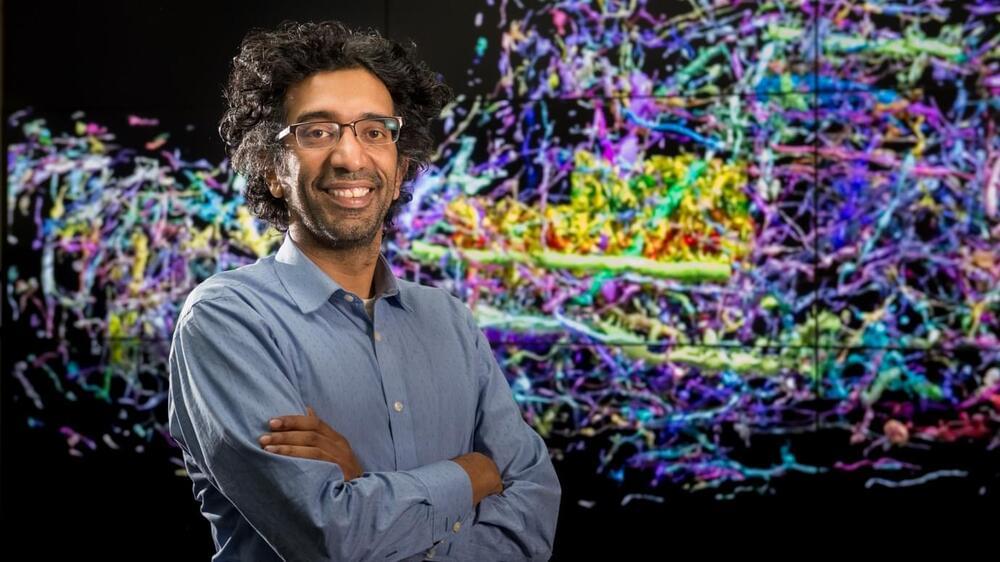Nov 14, 2022
The Gold In Our Galaxy May Be 10 Billion Years Old, Say Scientists
Posted by Genevieve Klien in categories: physics, space, supercomputing
The hundreds of gold-rich stars discovered in our Milky Way galaxy may have come from smaller galaxies that merged 10 billion years ago, according to new simulations by a supercomputer.
Using the ATERUI II supercomputer in the Center for Computational Astrophysics at the National Astronomical Observatory of Japan, scientists at Tohoku University and the University of Notre Dame developed new simulations of galaxy formation with the highest resolution yet.
The paper was published this week in the Monthly Notices of the Royal Astronomical Society.

